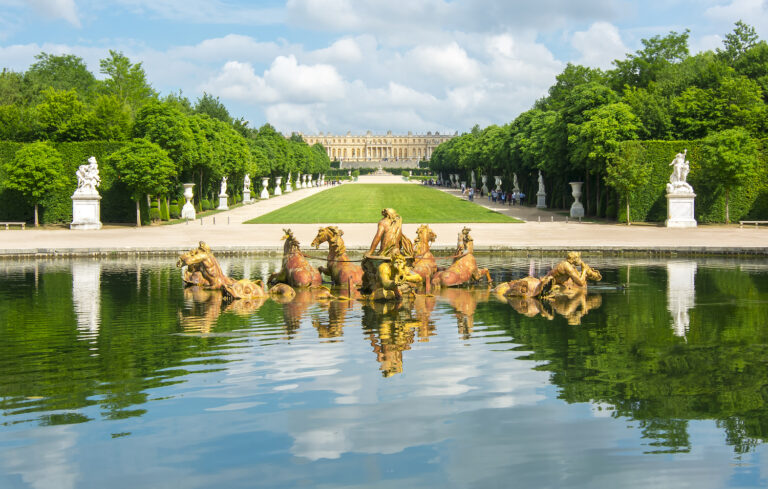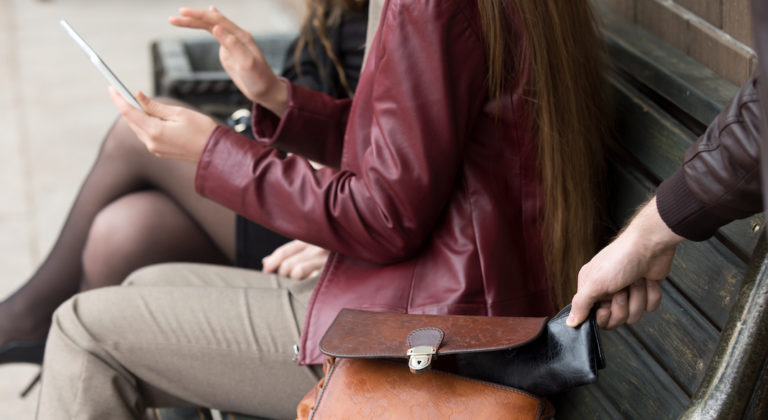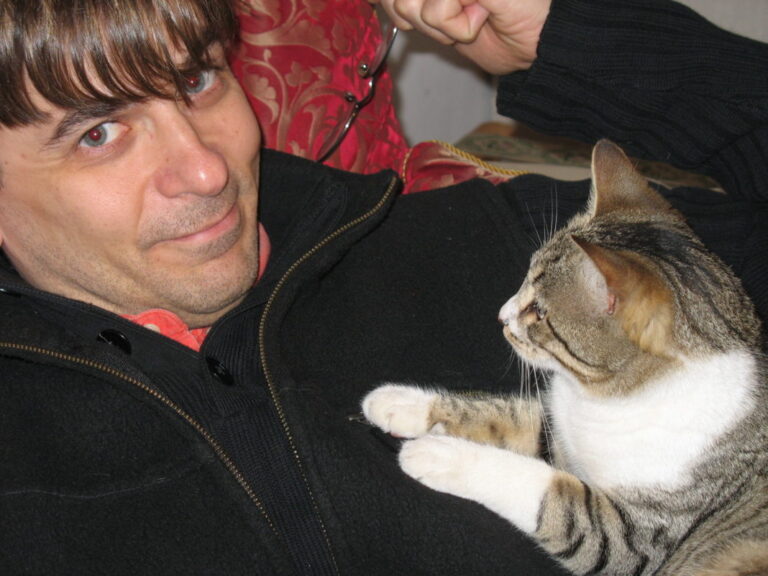In the wake of the advent of Emily in Paris’ second season, Netflix has announced two new seasons in the works–for better or for worse!
It’s not just the French in the U.S. who are (maybe not so) eagerly awaiting the continuation of Emily Cooper’s tribulations on French soil. For Americans in France, the series also provokes extreme feelings. For some, it is simply a comedy that should be taken with a grain of sel, as it’s, after all, entertainment. For others, it is deeply insulting and caricatured. For Jason Farago, a New York Times reporter in Paris who regularly visits one of Emily’s cafés, the show reduces the French capital to a “series of convertible settings” and “shows us the blandness of the smartphone biographies we write all the time.”
Realistic Culture Shocks
Conversely, in the British newspaper, The Guardian, Caitlin Raux Gunther, an American journalist, also living in the City of Light, shares her admiration for Emily’s “resilience” in the face of her colleagues’ jabs. Gunther also praises the philosophy of Emily’s boss, played by Philippine Leroy-Beaulieu, who encourages Emily to let go in France. “Emily, you have the rest of your life to be as annoying as you want to be. But while you’re here, fall in love, make mistakes, leave a disaster in your wake,” she advises her in one episode.
“Every American in Paris can find something negative to say about Emily, but secretly, they wish they were on the show,” smiles Damon Dominique, a Chicago-born influencer living in Paris. Dominique creates videos about his travels and daily life in France, which could make him a male version of Emily Cooper. Even though the show is not exactly his cup of tea, he has found himself in some of the same cultural clashes it highlights. He mentions the scene where a plumber comes to Emily’s apartment without the necessary tools or parts to fix the shower, and then sits down to have coffee and a croissant with her neighbor.
A Distorted Image of Parisians
After ten years in Paris, Dominique has noticed that, “all the shows about the city are kind of always like that” and that “the way Americans are portrayed in France is always the same: lively, dressed in very bright colors… I don’t have a problem with Emily in Paris, which is entertainment. I’m more bothered by the fact that there are no other shows about Americans in France,” he explains.
Journalist and author of the book, The New Parisienne, Lindsey Tramuta is not as tender. Already very critical of the first season – in a video posted in December, she called Emily in Paris to a “big stereotype.” She thinks the sequel, “continues to misrepresent Parisians.” She says, “The city was more beautiful than ever in this new installment, but the hamman scene, supposedly at the Grand Mosque – it wasn’t – was obnoxious and wrong. This is one more illustration of a culture reduced to some kind of exotic fantasy.” Tramuta is referring to a rendezvous between Emily, her friend Camille and two other women in an “Arab-less, fun backdrop to allow these white women to look sexy,” as historian Arthur Asseraf noted on Twitter. “I hear a lot of people say: Why can’t we enjoy the fantasy that the show offers? My response to them is: Why can’t a more realistic depiction of life in Paris be part of the myth?” continues Lindsey Tramuta.
“The Series is a Fantasy”
“What’s a shame is that Emily is a bit of a slob. She doesn’t speak French, doesn’t understand the culture,” says Rebecca Dolinsky, who has lived in Paris for the past 40 years. This naturalized French artist from New York was an extra in the series (in a scene shot on Place des Vosges with Emily’s best friend Mindy and her boyfriend). For her, the Parisian life shown in the show represents a certain kind of expatriation, that of a golden youth living in an English-speaking “bubble” and on social networks.
This is not the experience of Rebecca Dolinsky, a Francophile in her blood, as was her mother. “We don’t show the bright young American women who go to France, become au pairs or give English lessons while living in maids’ rooms,” she says. “The series is a fantasy. Many young girls would like to have a 120,000 euro wardrobe, spend a night with the most beautiful chef in the world, sleep in a castle… ‘Emily’ is the Parisian life as Americans would like to live it.” Dolinsky says that, nevertheless, she appreciates that the series magnifies Paris and its wonderful places. “It’s the city that makes people fantasize the most in the world!”
Photo credit: Emily in Paris / Netflix
Translated from the original French article by Alexis Buisson on our sister publication, French Morning.






